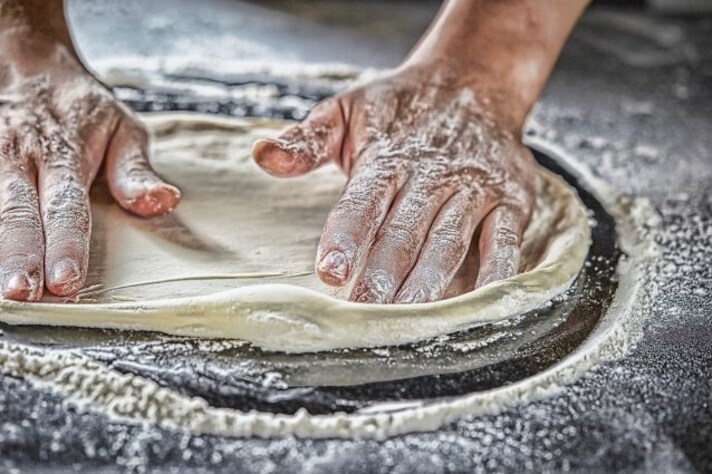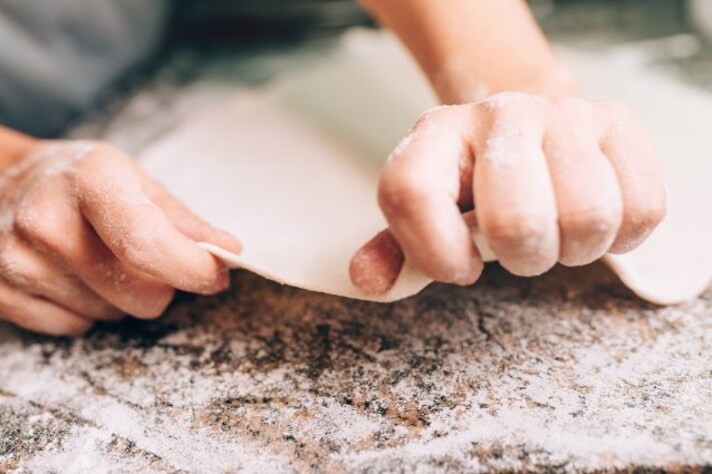
Pizza is undoubtedly one of the world’s most beloved comfort foods. It’s readily available—whether you’re picking it up from your favorite pizzeria or having it delivered straight to your door. But few culinary experiences are as satisfying as making your own pizza at home, for yourself, your friends, or your family. Of course, that satisfaction comes after you’ve mastered the process, because, let’s face it, a lot can go wrong. One common mistake? Rolling the dough too thin in an attempt to mimic the perfect crust from that famous pizza place down the street.
The Problem with Thin Dough
When you roll your pizza dough too thin, you’re setting yourself up for a pizza disaster. The first issue is that a thin dough is much more likely to tear or develop holes when you’re transferring it to the oven or adding toppings. This can lead to a mess of sauce and cheese dripping onto your oven floor—not exactly the delicious result you were hoping for. Moreover, a thin crust often lacks the structure to support the toppings, which can cause the pizza to become soggy in the middle or unevenly cooked. Instead of the delightful crunch of a well-cooked pizza, you might end up with a limp, disappointing slice.

The Risk of Overcooking
Another issue with rolling your dough too thin is that it can lead to overcooking. Thin dough cooks much faster, which might sound like a good thing when you’re hungry and impatient, but it can be a double-edged sword. A too-thin crust can quickly go from perfectly golden to burnt and crispy in a matter of minutes. This not only ruins the texture but also compromises the flavor of your pizza. Nobody wants to bite into a slice that’s more cracker than crust. By keeping your dough at a reasonable thickness, you give yourself more leeway to achieve that perfect balance of crisp on the outside and soft on the inside.
The Flavor Factor
Let’s not forget that the crust is a fundamental part of your pizza’s flavor profile. When you roll the dough too thin, you lose out on that deliciously chewy texture that makes pizza so satisfying. A well-prepared pizza dough should have a balance of airiness and chewiness, which is achieved through proper thickness. When the dough is too thin, the flavor can become flat and one-dimensional, overshadowed by the toppings rather than complementing them. A slightly thicker crust allows the dough to rise and develop a more complex flavor during baking, giving your pizza that irresistible, mouthwatering taste.

Which Is The Perfect Thickness?
So, how thick should your pizza dough be before you start adding toppings? As a general rule of thumb, aim for a thickness of about a quarter-inch to half an inch, depending on the style of pizza you’re making. For a classic Neapolitan pizza, the dough should be on the thinner side, around a quarter-inch thick, but still substantial enough to hold its shape and rise slightly during baking. For a more traditional American or pan-style pizza, you can go a bit thicker, closer to half an inch, to achieve a crust that’s both fluffy and crispy.
;Resize,width=767;)
